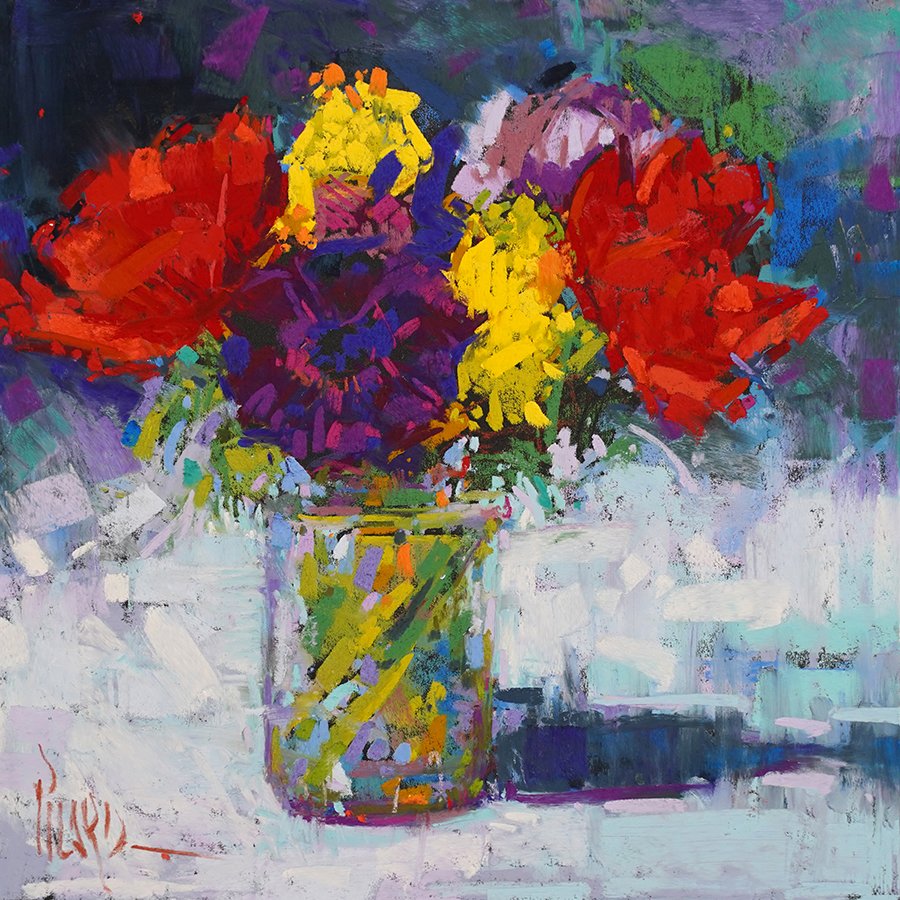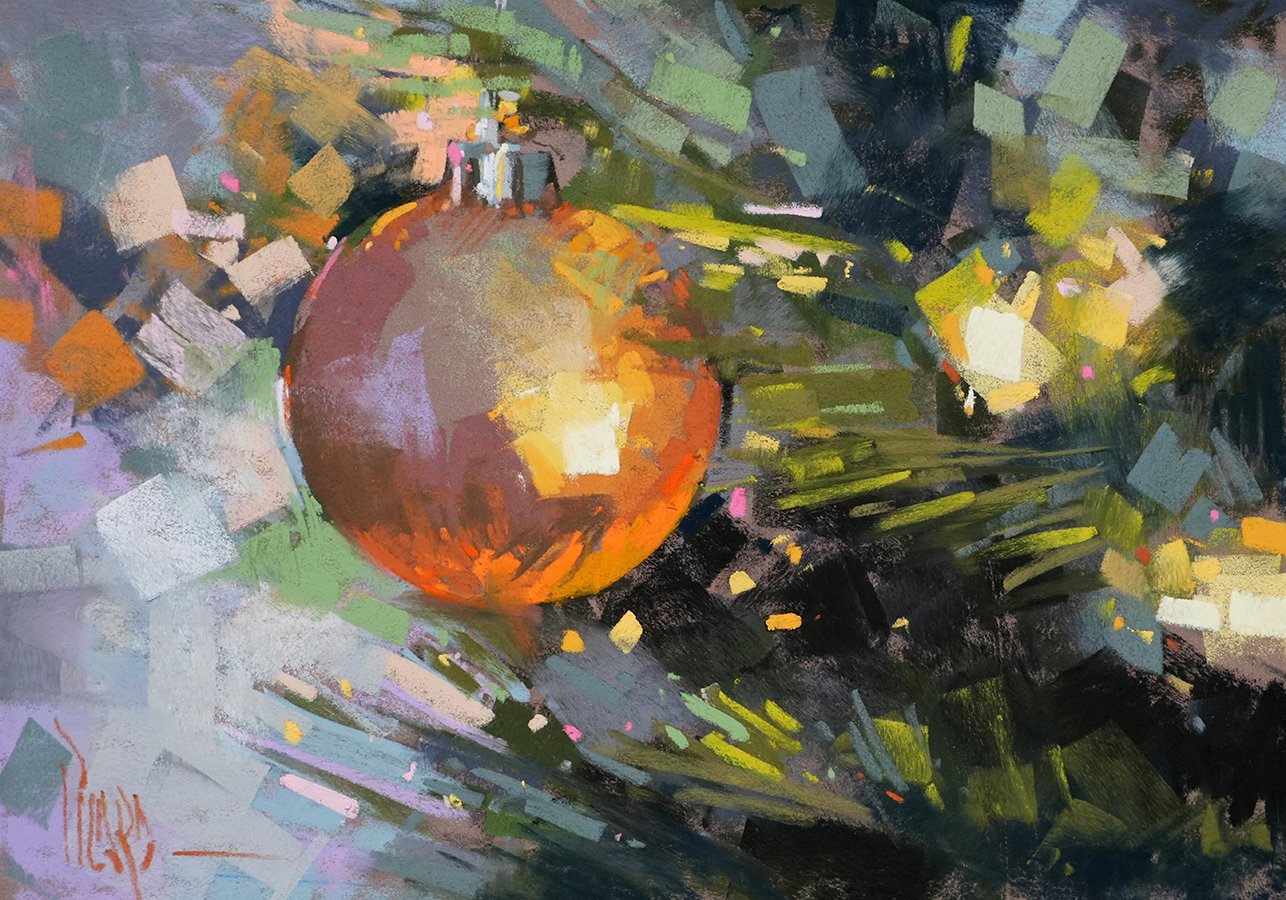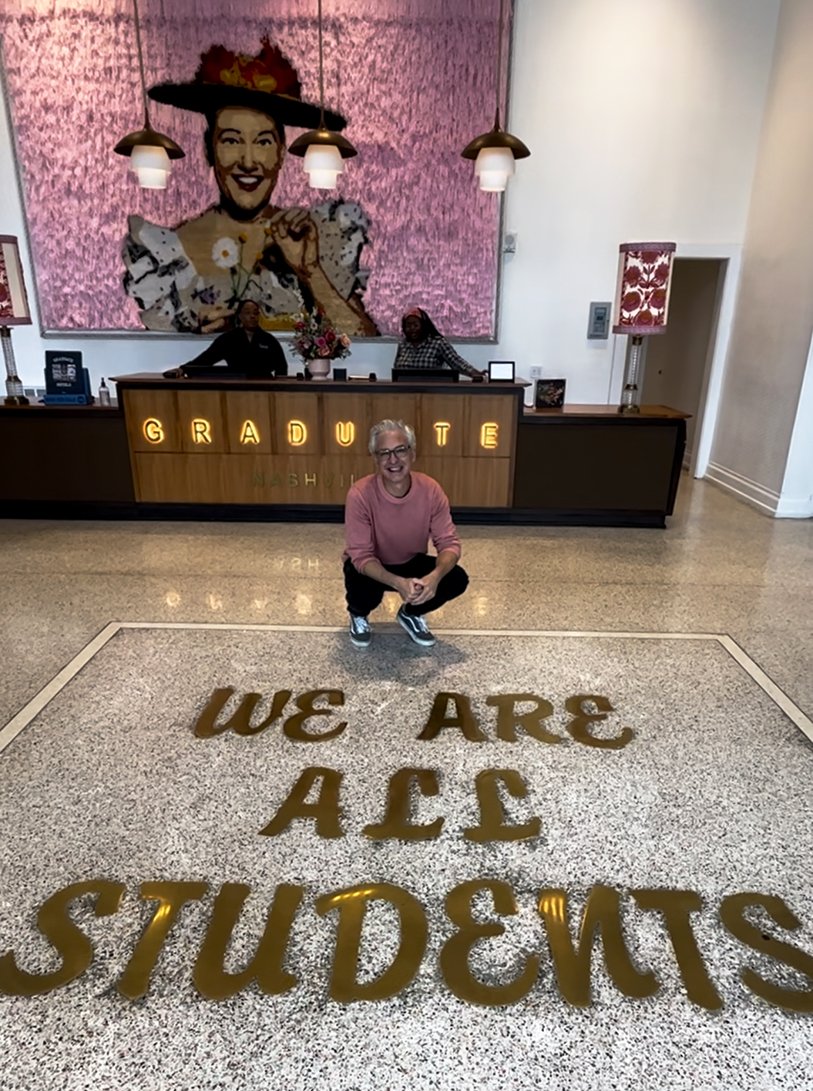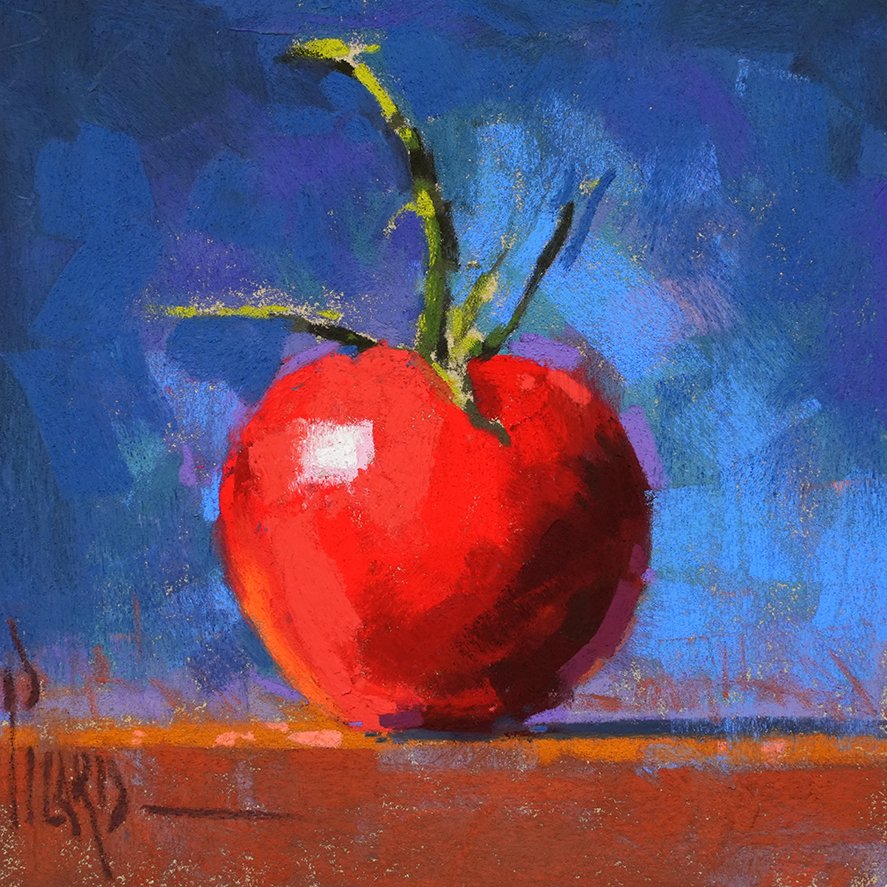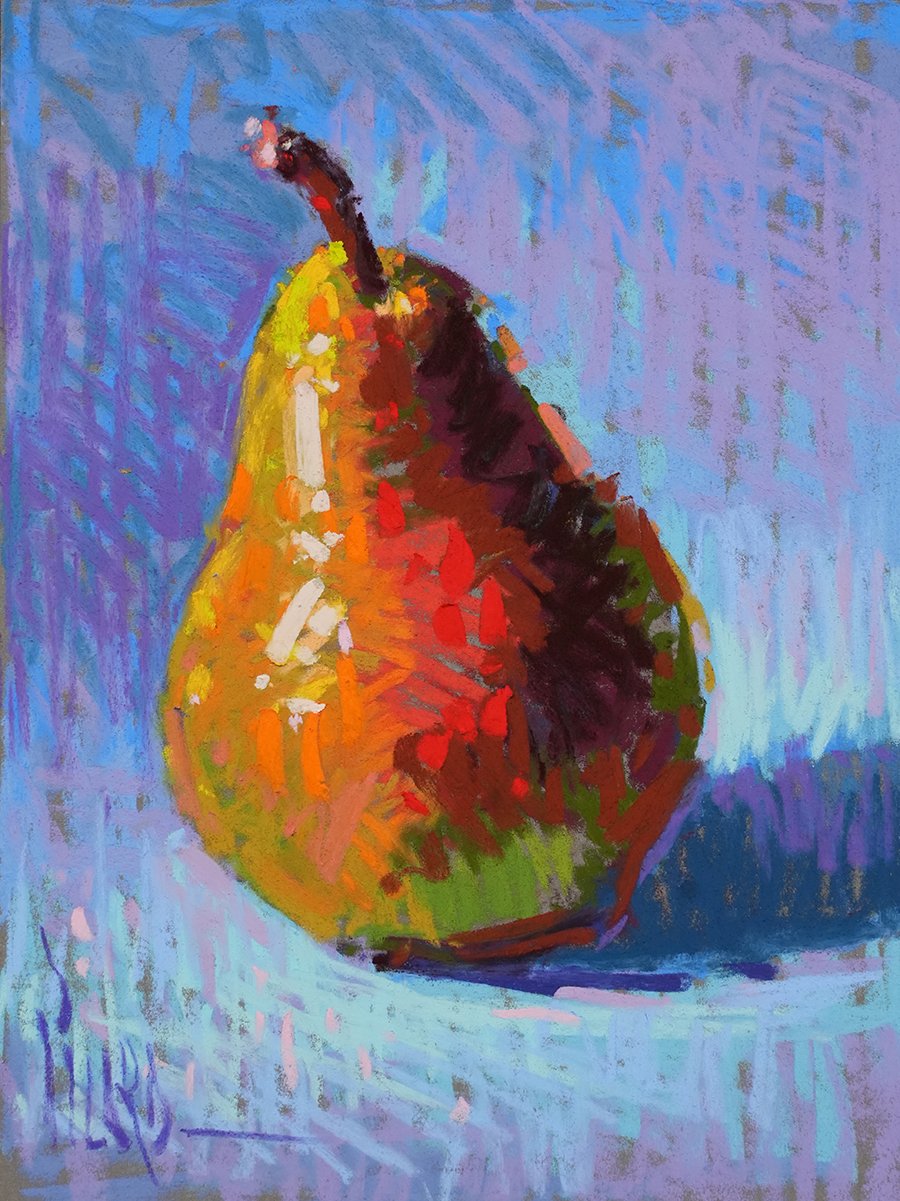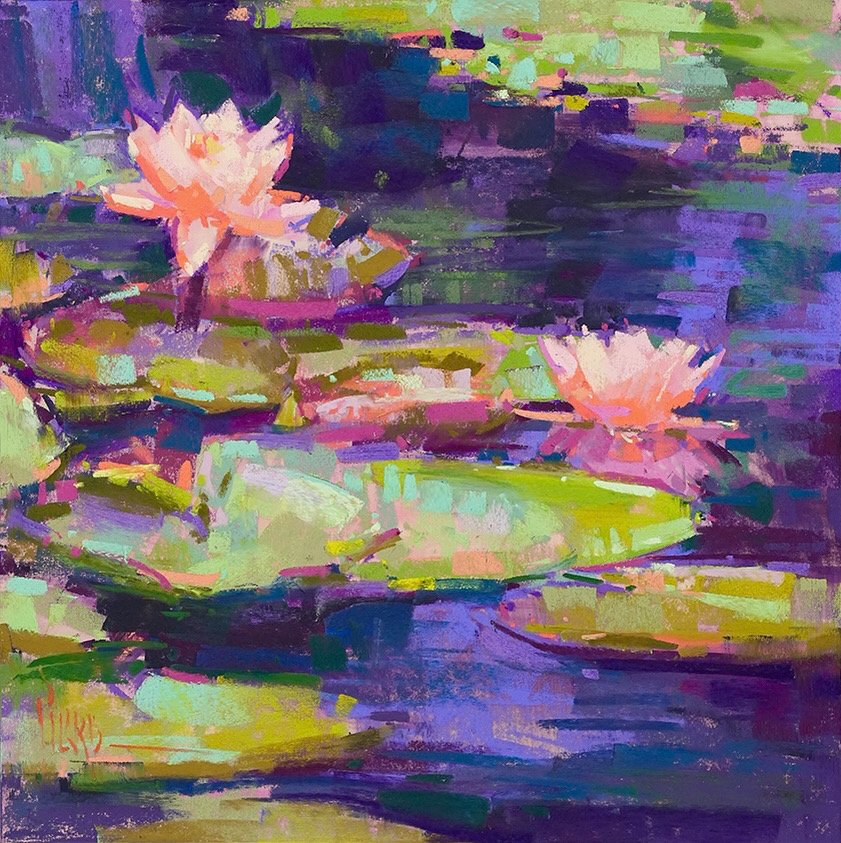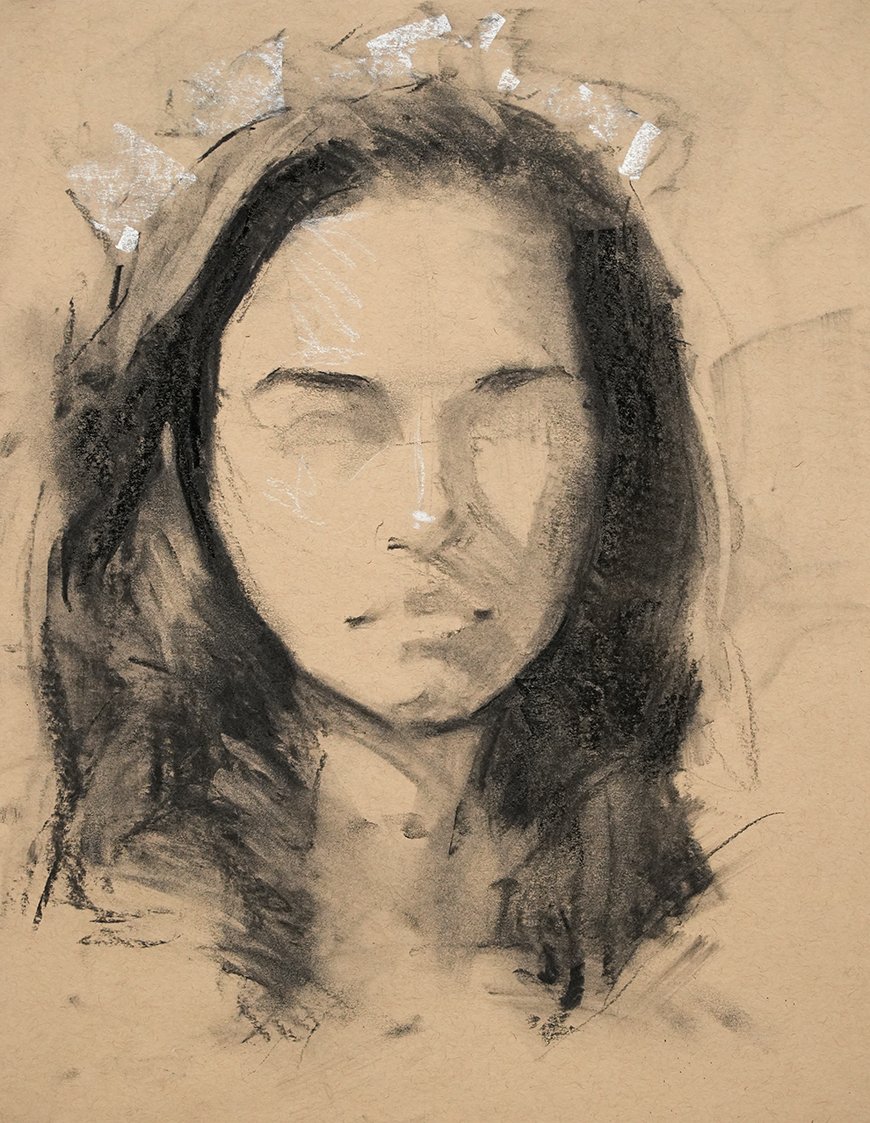Ignite your Creativity: Action Steps for Artists
Every artist's journey begins with a dream.
There is an aspiring artist living inside all of us, no matter what stage we may find ourselves in.
At some point, the desire to create beautiful works of art began to stir in you.
Can you remember the first time the dream of becoming an artist took hold?
Think about it now. It may have been decades ago…or just recently, but this dream is a seed worth germinating.
The journey to bring your creative dreams to life can be daunting. Distractions conspire to keep us from our creative pursuit. Without a plan, everything else takes precedence over our art.
Important things, like caring for loved ones and raising a family.
Challenging things, like providing financially or enduring through illness.
However noble or important these priorities may be, they can’t change the fact that you were made to create.
You are an artist. Let that sink in.
This is who you are. When you engage your creativity, others benefit richly from the inspiration you share. Pushing your creative gifts to the back burner not only hurts you. It deprives the world of the unique expression of beauty that only you have to give.
Alain Picard, Fresh From The Market, pastel 10x10
I really felt you needed to hear this today. Is it time for a fresh start?
Are you overwhelmed by the journey ahead? I understand.
American author, Mark Twain once said, “The secret of getting ahead is getting started. The secret of getting started is breaking your complex overwhelming tasks into small manageable tasks and starting on the first one.”
When embarking on a fresh creative journey, you can expect to feel overwhelmed. Our frustrated inner artist critic shows up in all shapes and sizes to discourage your growth (I call mine Mr. Perfect).
Fear is a common denominator that we all face, myself included. It's how you respond to the fear that defines you. You can be resourceful, and activate a plan to overcome intimidation and make consistent progress. You are only one step away from moving forward on your journey!
Use these three P’s to activate your mission:
PURPOSE - Gain clarity about your personal motivation for showing up as an artist. What is your big “why”? This is the dream inside of you that motivates you to create. Write it down in a special journal. This will give you much needed clarity and resilience for your journey ahead. Then read it every day. When your purpose is anchored, you become an artist on a mission.
PREPARE - Now it’s time to prepare your creative space and gather the materials you need to get to work. This could be a corner in your living room or a plein air easel packed and ready in the car. Maybe it’s finally time to convert that extra bedroom into a studio. Prepare your creative space. This is not frivolous. An artist needs a base of operations to flourish.
PLAN - Now get out your calendar. Be realistic about your creative goals and give them priority in your schedule. Carve out a regular weekly time to practice your creativity. This will serve you well in the days ahead. Plan your creative schedule intentionally to ensure that you are ready to show up regularly and do the work. Share your calendar with loved ones who will help you protect this time from other demands.
With a clear purpose, a prepared space, and a schedule to practice your art, you are activating a plan to turn your dreams into reality. You have no idea the impact this will have on your personal well-being and creative fulfillment, not to mention the world around you.
Your art matters, friend. This world truly needs the unique expression of beauty that you have to offer. Don’t put it off another day.
Do one thing today to turn your creative dreams into reality.
Be inspired,
Alain Picard
Are looking for fresh inspiration? Try my Expressive Mark-Making mini course to get you in motion!

